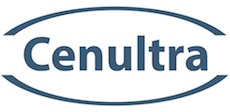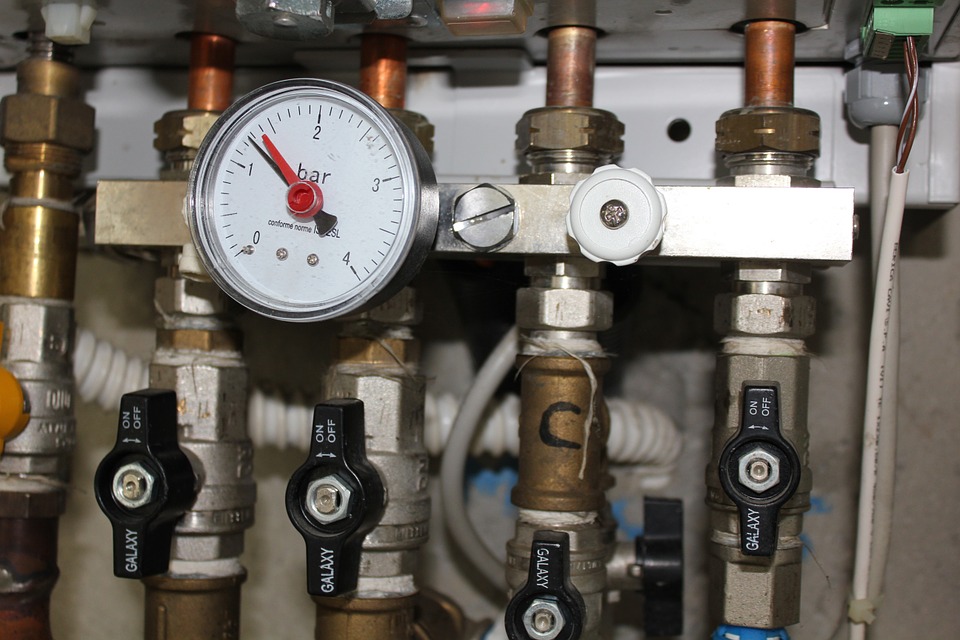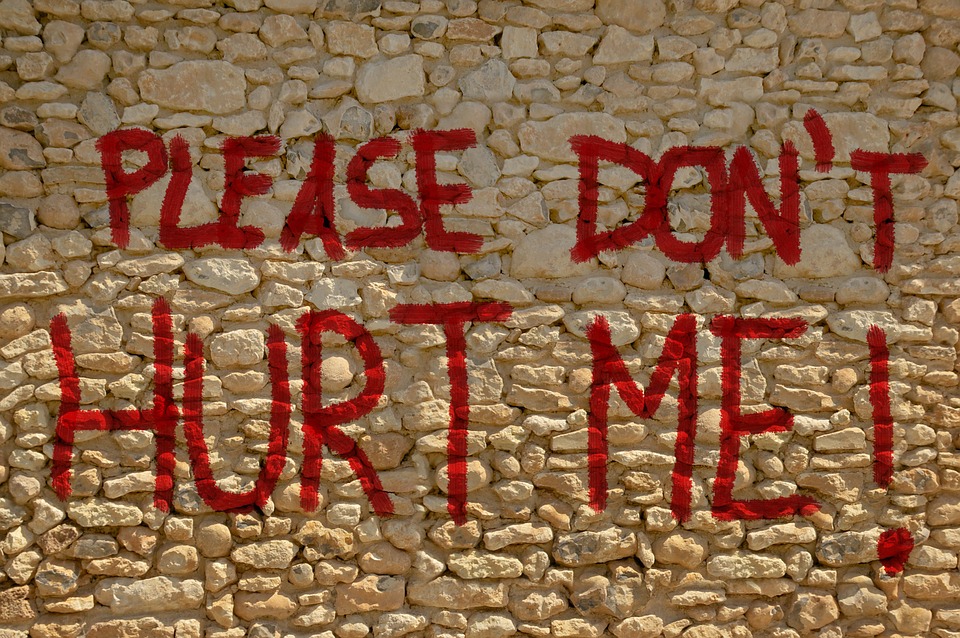Landlords and tenants both have responsibilities relating to the property being leased – while landlords shoulder the biggest responsibility in terms of keeping the property in repair. Tenants are also expected to use the property in a ‘tenant-like manner’ – that is, not cause damage to the property and pay for the repair of any damage that is caused.
In most cases where repair is needed, it is obvious who is responsible – but what about if your tenant blocks the drains?
Section 11 of Landlord And Tenant Act 1985 makes clear the landlord’s responsibilities regarding upkeep of the property:
Landlords and tenants both have responsibilities relating to the property being leased – while landlords shoulder the biggest responsibility in terms of keeping the property in repair.
Tenants are also expected to use the property in a ‘tenant-like manner’ – that is, not cause damage to the property and pay for the repair of any damage that is caused. In most cases where repair is needed, it is obvious who is responsible – but what about if your tenant blocks the drains?
Section 11 of Landlord And Tenant Act 1985 makes clear the landlord’s responsibilities regarding upkeep of the property:
“the landlord must:
- keep in repair the structure.
- keep in repair exterior of the dwelling, including drains, gutters and external pipes.
- keep in repair and working order the installations in the dwelling for the supply of gas, electricity, water and for sanitation (including basins, sinks, baths and sanitary conveniences but not other fittings, appliances and fixtures for making use of the supply of water, gas or electricity, and
- keep in repair and proper working order the installation in the dwelling for space heating and heating water.”
Therefore, in most cases, a blocked drain would be the landlord’s responsibility.
The tenant’s responsibilities are harder to define clearly as they are not set out in legislation; however Letlink draws attention to a test case from the 1950s (Warren v Keen), in which the judge, Lord Denning, had the following to say:
“What does ‘to use the premises in a tenant-like manner’ mean? The tenant must take care of the place. He or she must unstop the sink when it is blocked by his waste. In short, he or she must do those little jobs about the place, which a reasonable tenant would do.”
Therefore, common law would suggest that part of the tenant’s responsibilities is to use the property’s drainage appropriately and clear any blockages caused by their waste.
What can landlords do to ensure that this responsibility is honoured?
It would be wise to write in the Tenancy Agreement your expectations of the tenants regarding the use of the drains and related items, for instance, not pouring cooking fats down the sink or flushing sanitary items down the toilet. If you do not include this in the Tenancy Agreement, make sure the tenant is otherwise aware of this.
You can also reasonably ask them to attempt to clear any blockage using a plunger and drain cleaner, bleach and/or hot water before contacting you. You should also check the drains when inspecting the property prior to the tenant leaving – if there is a blockage they have caused, you could be entitled to keep some or all of their tenancy deposit to cover the cost of clearing the blockage.
Of course, if your tenant has already left when you discover the blocked drain, there is little to nothing you can do about it. If you had completed a property inspection before their leaving, signed everything off and returned the deposit, the liability for repair falls to you. Therefore, it is vital that your tenants are aware of their responsibilities, and you thoroughly check the property over before they leave.




